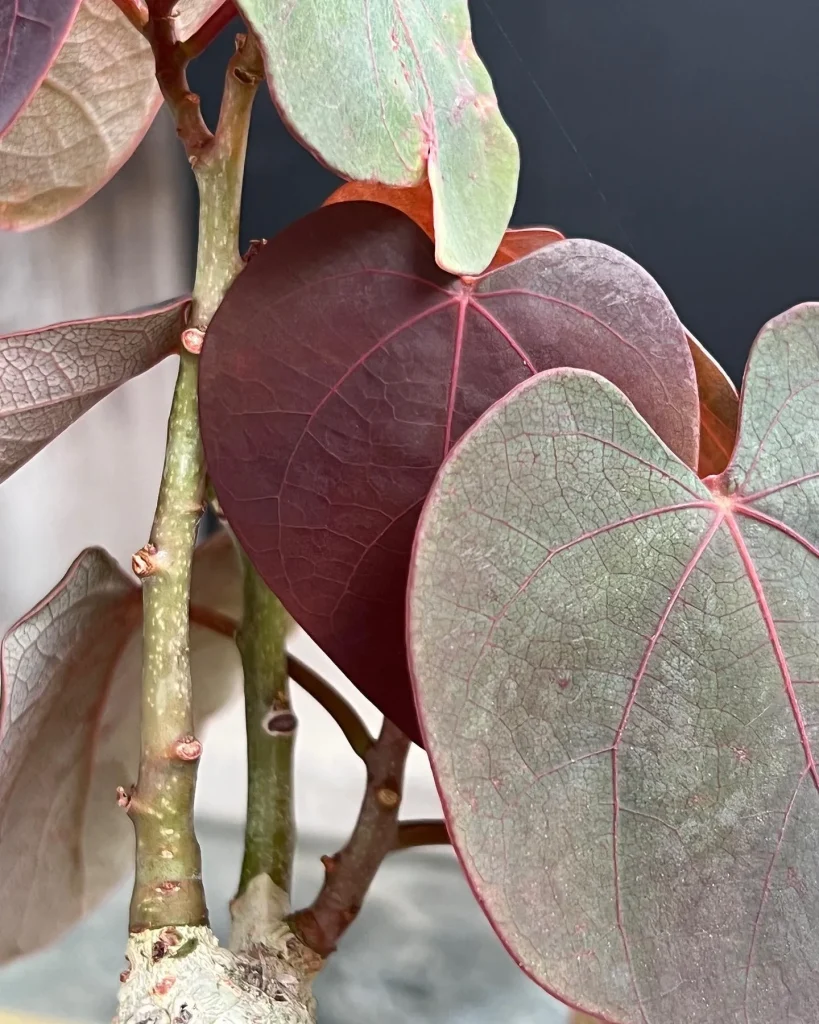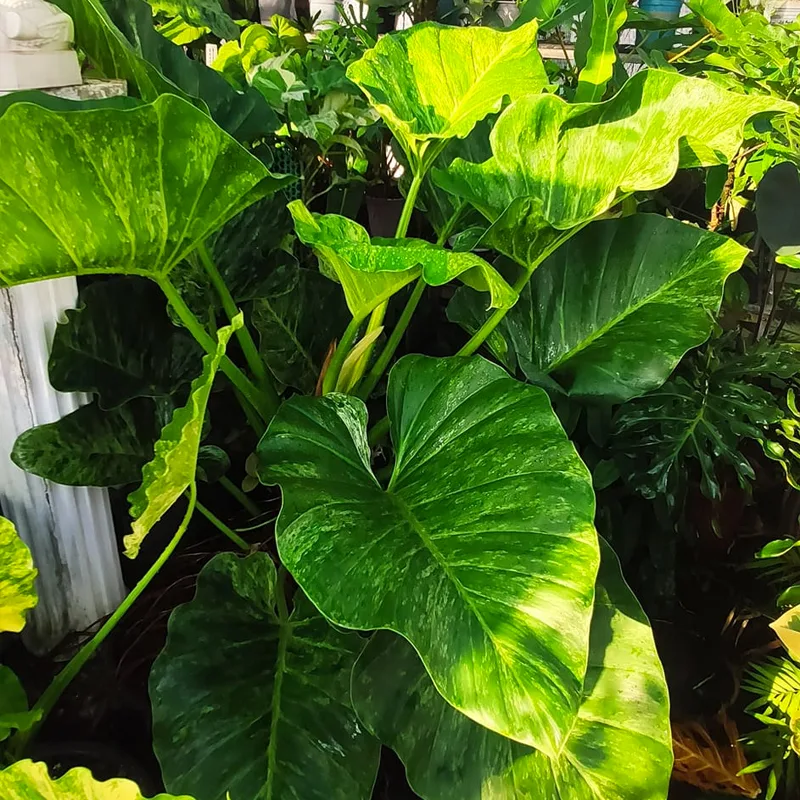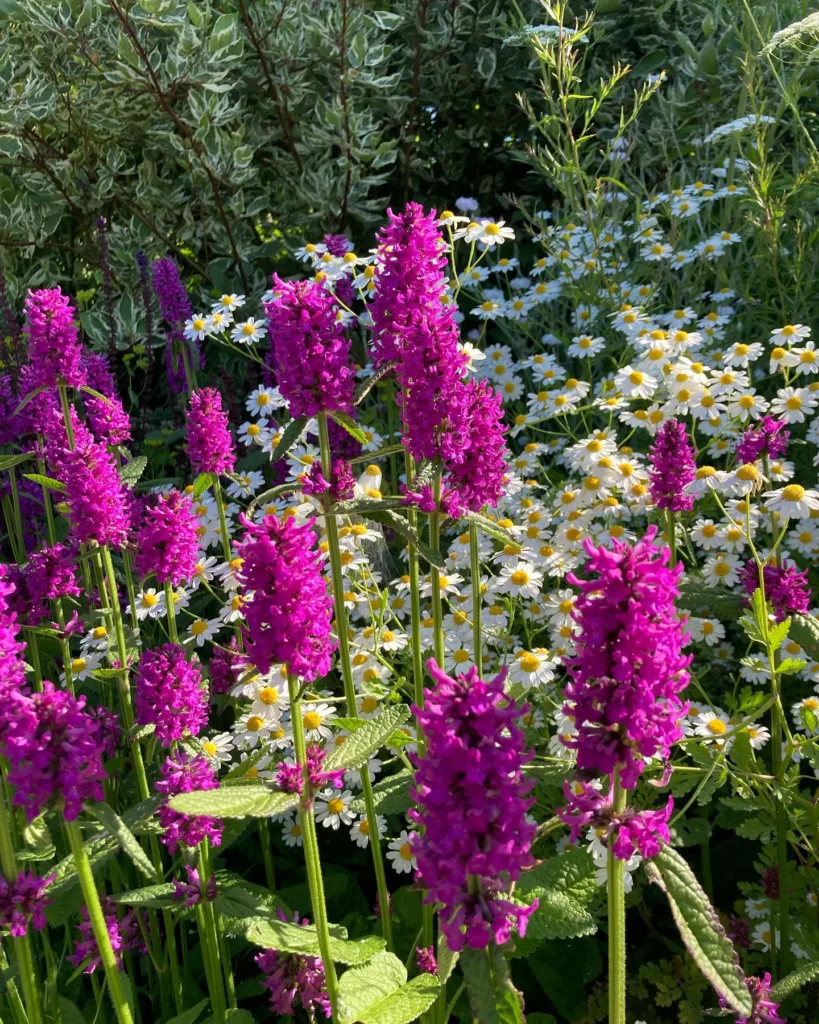What Is Persicaria Polymorpha?
Persicaria Polymorpha, also known as the Giant Fleeceflower or Knotweed, is a stunning perennial that I absolutely adore. Native to East Asia, this plant is celebrated for its dramatic foliage and impressive flower spikes. It’s a standout in any garden, thanks to its large, white, fluffy flower heads that bloom in summer and fall. These blooms can reach up to 6 inches in length and are complemented by lush, green foliage.
144 Species in Genus Persicaria
How Tall Does Persicaria Polymorpha Grow?
One of the most striking features of Persicaria Polymorpha is its height. This plant can reach up to 6 feet tall, sometimes even taller, depending on the growing conditions. In my garden, it’s become a real focal point, towering over other plants. The height makes it ideal for adding vertical interest to garden beds or creating a dramatic backdrop.
Are Persicaria Polymorpha a Cut Flower?
If you’re wondering whether Persicaria Polymorpha makes a good cut flower, the answer is a resounding yes! The large, fluffy blooms are fantastic for floral arrangements. They have a unique texture that adds visual interest to bouquets. Just be sure to cut them at the right time, preferably when the blooms are fully open, to enjoy their full impact in your arrangements.
Where to Buy Persicaria Polymorpha?
Finding Persicaria Polymorpha can be a bit of a treasure hunt, but it’s well worth the effort. I’ve had luck finding this plant at specialized nurseries that focus on perennials or exotic plants. Online retailers and plant marketplaces are also a great resource. Websites like Etsy, Plant Delights Nursery, or local plant societies often have Persicaria Polymorpha available. When purchasing, make sure to choose a reputable seller to ensure you’re getting a healthy plant.
How to Care for Persicaria Polymorpha?
Caring for Persicaria Polymorpha is relatively straightforward. This plant thrives in full sun to partial shade and prefers well-draining soil. It’s quite adaptable, but it does best with consistent moisture, especially during its growing season. In my experience, it’s not overly fussy about soil pH but appreciates a slightly acidic to neutral environment. Regular watering and occasional fertilizing can help it reach its full potential.
How to Propagate Persicaria Polymorpha?
Propagation of Persicaria Polymorpha can be done through division or seed. Dividing the plant is the most reliable method. I usually do this in early spring or fall. Simply dig up the plant, divide the root ball into sections, and replant. If you prefer seeds, start them indoors 6-8 weeks before the last frost. Keep them moist and warm until they germinate.
What to Plant With Persicaria Polymorpha?
Persicaria Polymorpha pairs beautifully with a variety of plants. In my garden, I’ve found it works well with ornamental grasses, such as Miscanthus or Panicum, which complement its height and texture. It also looks great with other perennials like Rudbeckia or Echinacea, which provide contrasting colors and shapes. For a more formal look, combine it with clipped boxwood or other structured plants.
Can You Grow Persicaria Polymorpha Indoors?
Growing Persicaria Polymorpha indoors is a bit tricky due to its size and light requirements. This plant typically prefers outdoor conditions where it can reach its full potential. However, if you have a large enough space with ample sunlight, it might be possible. I wouldn’t recommend it for most indoor settings, as it’s best enjoyed in a garden or large outdoor container.
Is Persicaria Polymorpha Toxic?
Good news for pet owners and families—Persicaria Polymorpha is not known to be toxic to humans or animals. This makes it a safe choice for gardens where kids or pets play. However, as with any plant, it’s always a good idea to monitor for any unusual reactions, especially if ingested in large quantities.
Benefits of Persicaria Polymorpha
One of the major benefits of Persicaria Polymorpha is its ability to create a dramatic statement in the garden. Its tall stature and unique blooms make it a focal point in any landscape. Additionally, it’s relatively low-maintenance once established, making it a great choice for busy gardeners. Its attractive foliage and blooms also provide habitat and food for pollinators, like bees and butterflies.
Common Problems
Persicaria Polymorpha is generally hardy, but it can face a few issues. It’s susceptible to root rot if the soil remains too wet, so ensure good drainage. I’ve also seen it occasionally bothered by pests like aphids or spider mites. Regular monitoring and appropriate treatment can help manage these issues.
How Does Persicaria Polymorpha Compare to Similar Plants?
When comparing Persicaria Polymorpha to other similar plants, such as Persicaria Red Dragon or Japanese Knotweed, the differences are quite clear. Persicaria Polymorpha is known for its larger, more dramatic flowers and overall height. It tends to be less invasive than Japanese Knotweed, making it a better choice for controlled garden environments.
I hope these insights help you make the most of Persicaria Polymorpha in your garden. It’s a wonderful plant that, with the right care, can become a standout feature in any landscape.
If i die, water my plants!



